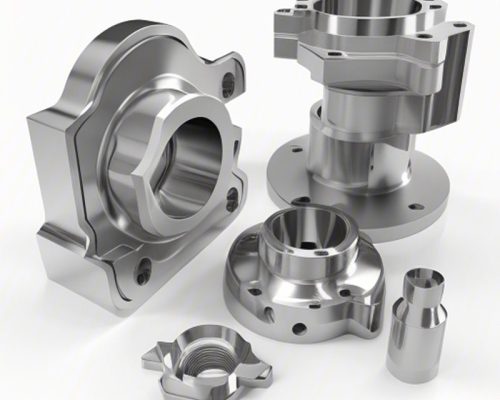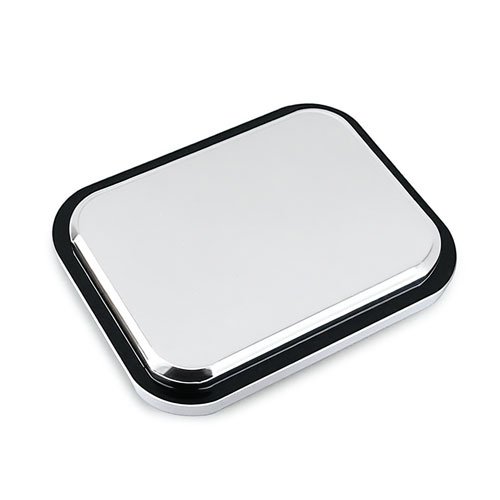CNC (Computer Numerical Control) machining has transformed the manufacturing landscape, particularly in the realm of precision parts production. Among the innovations in this domain, 5 axis CNC machining is a game-changer, especially when applied in China’s burgeoning manufacturing industry. In this article, we will delve into how 5 axis CNC machining enhances brass and aluminum prototype manufacturing, exploring its technical details and advantages, and elucidating its pivotal role in the modern manufacturing era.
Understanding CNC Machining
What is CNC Machining?
CNC machining is a subtractive manufacturing process controlled by computer programming. It involves the use of highly precise machines to cut, mill, or engrave materials into specific shapes and sizes. This technology is widely used for producing parts in various industries, including aerospace, automotive, and electronics.
The Evolution of CNC Machines
From the rudimentary models of the 1960s to today’s sophisticated machines, CNC technology has witnessed tremendous advancements. The introduction of 5 axis machining is one such leap that allows for greater flexibility and complexity in manufacturing processes.
The Mechanics of 5 Axis CNC Machining
How 5 Axis CNC Works
5 axis CNC machining provides an unprecedented level of precision and the ability to create complex geometries. It operates on five different axes, allowing the tool to approach the workpiece from virtually any angle. This includes three linear movements (X, Y, and Z axes) and two rotational movements (A and B axes).
Advantages Over Traditional Machining
- Enhanced Precision: The multi-axis capabilities mean that parts can be machined in a single setup, minimizing human error and increasing accuracy.
- Complex Part Designs: Shapes and features that are impossible or difficult to achieve with 3 or 4 axis machines can be manufactured easily.
- Reduced Production Time: With fewer setups required, less time is needed for production, leading to faster prototype delivery.
The Role of 5 Axis CNC Machining in Brass Prototype Manufacturing
Brass Materials: Properties and Uses
Brass is a copper-zinc alloy known for its machinability and corrosion resistance. It is widely used in industries like plumbing, electrical, and musical instruments. The key properties of brass make it an excellent candidate for CNC machining.
The 5 Axis Advantage for Brass Parts
Using 5 axis CNC machining for brass prototypes results in:
- Precision Detail: Complex geometries, such as intricate fittings and valves, can be executed flawlessly.
- Quality Surface Finish: Better tooling angles ensure smoother finishes, which is crucial in automotive and electronic applications.
The Impact of 5 Axis CNC Machining on Aluminum Prototype Manufacturing
Aluminum’s Unique Characteristics
Aluminum is lightweight, non-corrosive, and has excellent thermal conductivity. These properties make it a popular choice for prototyping across various sectors, especially aerospace and automotive.
Benefits of Using 5 Axis CNC for Aluminum
- Complex Components: 5 axis machines can efficiently create intricate designs like airfoil shapes or housings that require specific contours.
- Material Efficiency: The precision of 5 axis CNC reduces waste due to its ability to cut closer to finished shapes.
The Chinese CNC Machining Landscape
Global Leadership in CNC Machining
China has emerged as a global leader in CNC machining, driven by its extensive workforce, investment in technology, and a commitment to quality. The integration of 5 axis CNC technology into its manufacturing processes has set a benchmark for industries worldwide.
Investment in Technology and Skill Development
China’s focus on advancing its CNC machining capabilities comes from substantial investment in technology and training. This results in a skilled workforce adept in operating the latest machining technologies, which enhances productivity and innovation.
Future Trends in CNC Machining and Prototyping
The Rise of Automation and AI
As industries move towards Industry 4.0, automation and artificial intelligence are playing a significant role in the evolution of CNC machining. Integrating AI-driven systems can optimize machining processes, predict maintenance needs, and improve overall manufacturing efficiency.
Sustainability and Eco-friendly Practices
With growing environmental concerns, the CNC machining industry is adopting greener practices. Efforts include reducing material waste and using sustainable materials, driving the dialogue towards eco-friendly prototyping solutions.
Conclusion: Embracing the Future of Manufacturing with 5 Axis CNC Technology
5 axis CNC machining stands at the forefront of modern manufacturing, significantly impacting how brass and aluminum prototypes are produced. With China’s robust manufacturing infrastructure leveraging this technology, companies can enjoy unparalleled precision and efficiency. As CNC machining technology continues to evolve, the relationship between design and manufacturing will deepen, paving the way for innovative solutions in various industries.
By embracing this cutting-edge technology, businesses can not only enhance their production capabilities but also position themselves strategically within the global market.
As you consider your next project, remember that investing in advanced CNC machining can deliver the quality, speed, and precision your business needs to thrive. In the rapidly evolving landscape of manufacturing, don’t just keep pace—lead the way.


